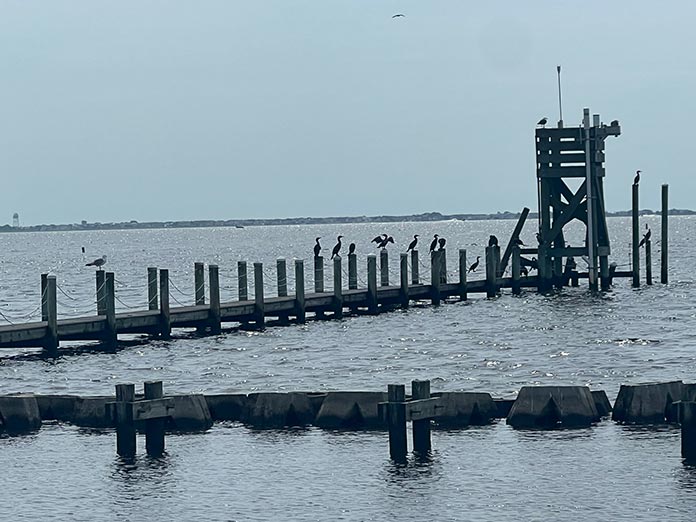
WARETOWN – Whether it’s a forgotten gem or a hidden treasure, the property that places Old Barney Lighthouse within five-mile sight across the Barnegat Bay is undeniably captivating. The Lighthouse Center for Natural Resource Education, set on 194 acres, has a story as intriguing as the landscape it occupies.
The Natural Resources Education Foundation (NREF) oversees the Lighthouse Center for Natural Resource Education, located at the end of 7th Street and Navajo Drive. NREF Board member Jack Henderson, who has been involved with the property for the past 15 years, is also a member of the Fish Hawks Saltwater Anglers Club.
Recently, the Fish Hawks hosted an event for children from the Joint Base, providing the perfect opportunity to showcase the property.
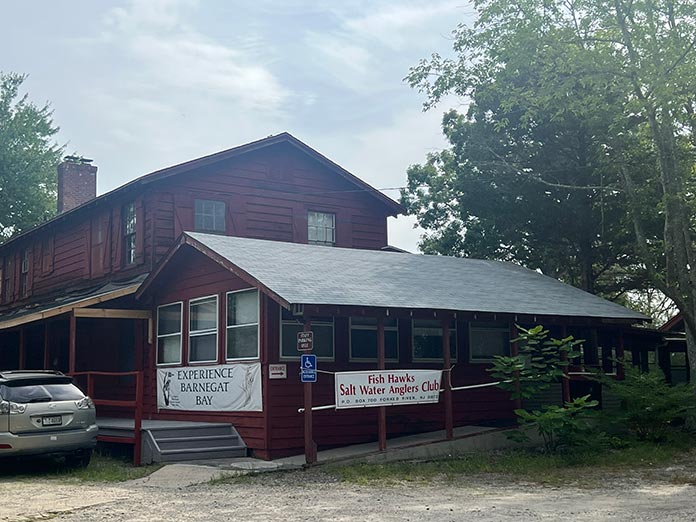
The Center’s First Century
The center, once known as the Lighthouse Camp for the Blind, holds a rich history dating back to 1927. For 50 years, the New York-based non-profit Lighthouse International operated the camp, providing a summer retreat for visually impaired individuals.
With the exception of the winter months, the camp served overnight guests who came to experience nature by the bay. Cabins and facilities accommodated about 100 visitors in a recreational facility that boasted accessibility features long before its time.
“The red buildings are the original ones,” shared Jack Henderson. “They were the first buildings in New Jersey to have lead-free paint on them. The reason they had lead-free paint was to protect blind kids who might touch the walls to find their way.”

The camp closed in 1996 when the trend shifted towards mainstreaming visually impaired campers. Subsequently sold in 2000, the property received a $400,000 Green Acres grant, matched by the Trust for Public Land (TPL), to facilitate its preservation. The adjacent Bowker Farm, which produced salt hay, adds to the expansive natural area.
A lease agreement between NJ Fish and Wildlife and (NREF) enables the operation of the Lighthouse Center for Natural Resource Education.
Henderson said it is his understanding that the property is the largest undeveloped piece of land east of the parkway.
Step Into Nature
A tour of the facilities led by Henderson and other NREF board members showcased the property’s diverse habitats and educational offerings. The center’s facilities feature 37 buildings including cabins, a lodge, a dining hall, a craft house and a boathouse. Remains of an old outdoor bowling alley add an extra touch of nostalgia.
The site boasts thirteen canoes and two sailboats, which are stored in the boathouse. They were generously donated by actor Paul Newman and are named for him.
“Newman had a daughter with sight problems,” explained Henderson. “Somehow he found out about the place and donated them.”
Although the property is no longer exclusively a recreational facility for the visually impaired, New Jersey Natural Gas has organized activities to ensure people with sight issues can still experience its beauty. The company facilitated weekends where 190 participants helped with property upkeep and restoration.
Henderson said the initiative was driven by a New Jersey Natural Gas executive connected with a statewide organization for the blind, who sought to offer visually impaired individuals an opportunity to enjoy the scenic location by the water.
The site offers a breathtaking feel starting along the short trail to the water’s edge overlooking the Lighthouse. Environmentalists and nature enthusiasts will instantly become enthralled with the impressive array of eco-systems.
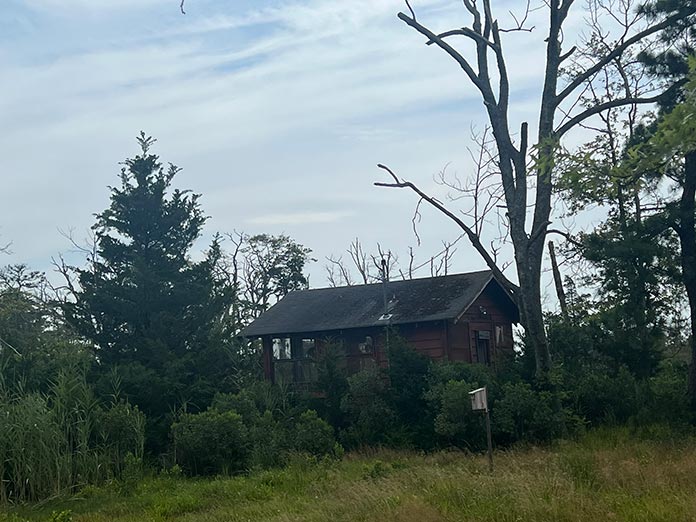
From vibrant salt marshes to serene ponds, to a winding tidal creek and lush freshwater swamps, even the open meadows offer a sense of tranquility.
The Ocean County Soil Conservation has also planted 17,000 different kinds of plants of varying heights along the water. The concept is to slow down wave action so that water will not overwhelm the property.
At the far end of the property, the NOAA Weather Station measures water temperature and tide changes to aid in coastal research. Originally located on Bryant Road, this station has been integral to understanding the area’s environmental dynamic.
The shoreline is equipped with Wave Attenuation Devices strategically placed on the seabed to mitigate erosion. These devices are designed with holes that allow sediment from the bay to accumulate on the landward side, gradually restoring the shoreline and reducing wave action that could otherwise lead to further erosion.
Members of the public who would like to experience the beauty of fishing or crabbing within the facility can park outside the chained fence and walk in to do so. A caretaker is expected to take up residence in the next few months.
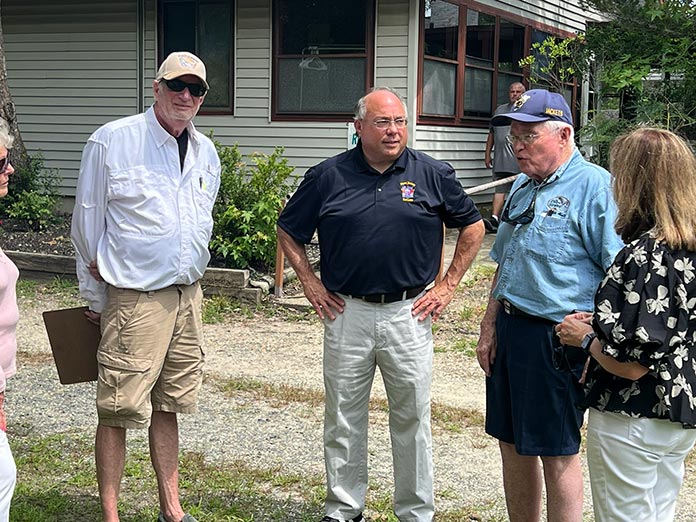
Restoration Projects
As its name suggests, a major part of the Lighthouse Center for Natural Resource Education’s mission is to inspire and educate as many people as possible about the natural environment.
Prior to the pandemic, students from Rider and Stockton University would enjoy overnight events at the center to study the area’s habitat. Some scouting groups have also taken advantage of the facilities.
Henderson said that the center is committed to community engagement and youth education. However, a lack of funding poses a problem in maintaining the property. A limited number of volunteers show up on Thursday mornings to keep the facility in operation.
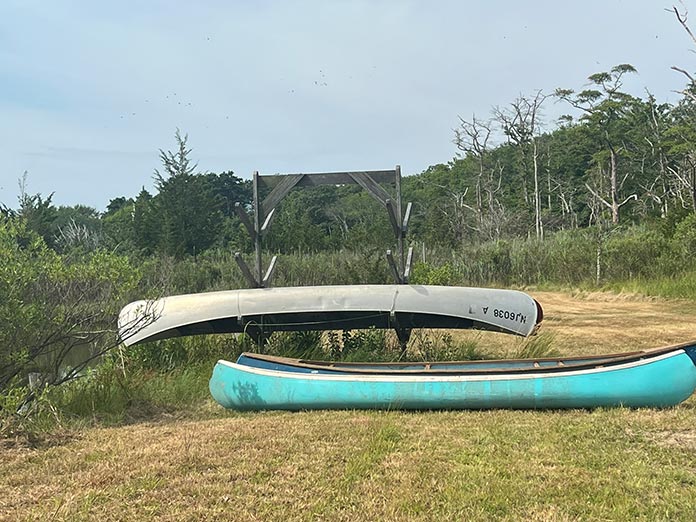
Senator Carmen Amato (R-9) was among those who had the opportunity to visit the Center when the Fish Hawks sponsored their event a couple of weeks ago.
“It’s absolutely a well-hidden gem in Ocean County,” said Amato. “I was able to get some background information on what they’re trying to do and the help they need from the state. I’m going to work on facilitating the additional support they need.”
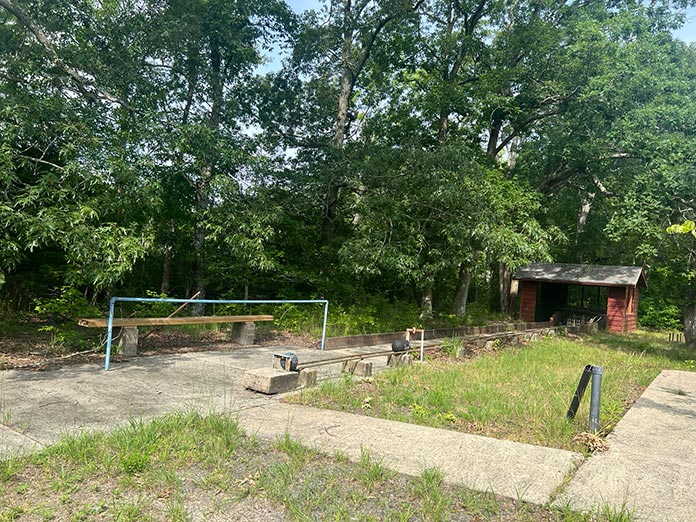
To protect and restore the area, NREF has teamed up with experts from various organizations. Together, they’re working to fix problems like eroding marshes and changing water levels. After careful study of the area, they’re creating a plan to bring the land back to its natural state and improve it for wildlife and people alike.







